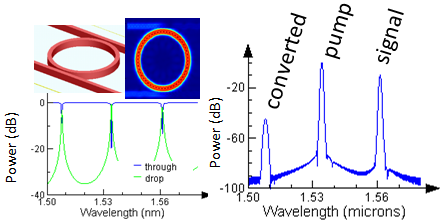
For this reason, we have simply made the AlGaAs layers 45nm thick instead of 40nm. Note that in the publication, the layers are 40nm of AlGaAs and an additional 5nm layers of GaAs, however, the 5nm layers are not expected to modify the results substantially, and yet would required a finer mesh size. For the purposes of this analysis, layer structure is assumed to be 170nm of GaAs sandwiched between 45nm layers of Al xGa 1-xAs with x=0.3. The structure is formed on a thin GaAs / AlGaAs membrane suspended in air. For example, the A 11 mode is shown below. Then use symmetry and anti-symmetric boundaries to isolate degenerate modes.įinally, we show how to calculate and plot all the modes of the H2 cavity. The peak spectra correspond well with the published results.įor H2 cavity, we can look at the spectrum to identify the 8 resonances found in the paper. Using FDTD, we can calculate the resonant spectra of the cavity created by removing the center hole (H1) or by removing the center hole and the next ring of holes (H2).įor the H1 cavity, we compare using a constant dielectric model with a physically realistic GaAs/AlGaAs material model, as shown below. Since FDTD can simulate arbitrary geometries and materials, it is possible to adapt the methods presented here to study any micro/nanoscale cavity. Using the techniques described in this example, it is possible to study other PC cavities. This paper contains detailed information on the cavity structure as well as experimental and simulated data to compare against.

This is accomplished by reproducing the results in the paper by Y. The goal of this example is to demonstrate how FDTD may be used to analyze photonic crystal nanocavities such as the one shown below.


 0 kommentar(er)
0 kommentar(er)
